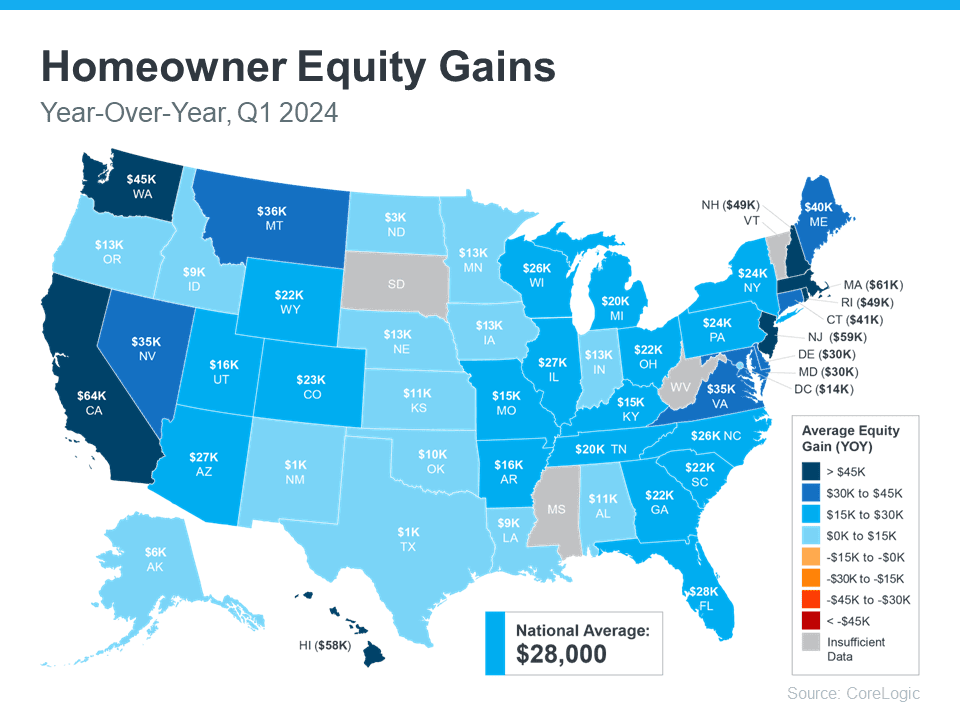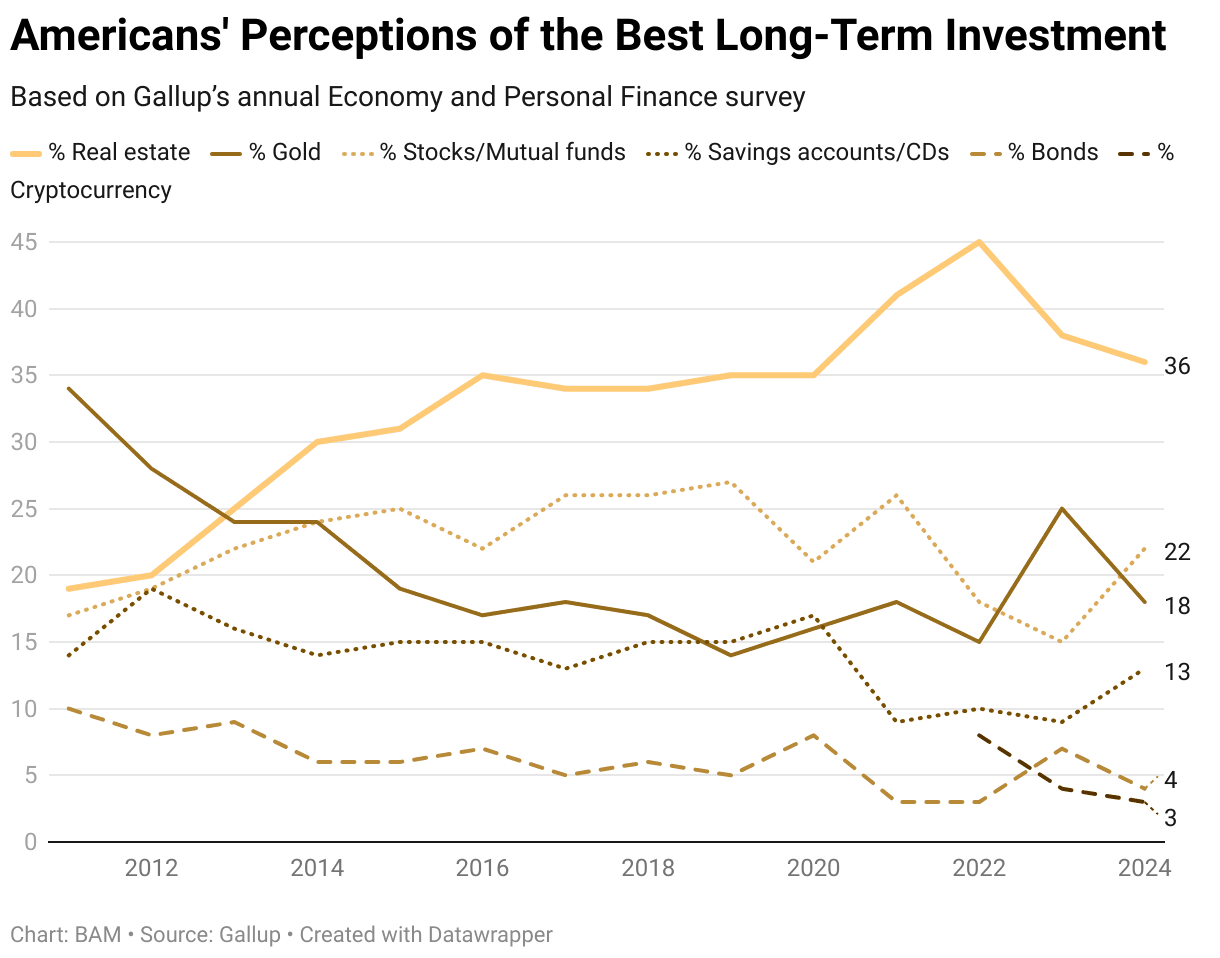Concerned about a potential housing crash? Rest assured, the current housing market is not reminiscent of the one we experienced in 2008. A key differentiating factor lies in the evolving lending standards.
Each month, the Mortgage Bankers Association (MBA) releases the Mortgage Credit Availability Index (MCAI), a vital metric that quantifies mortgage credit accessibility. According to the MBA's website, the MCAI serves as a comprehensive measure reflecting mortgage credit availability at any given point in time. In simpler terms, it gauges the ease of obtaining a mortgage. The graph below illustrates the MCAI's trajectory since data tracking commenced in 2004, showcasing the evolution of lending standards over time.
The MCAI follows a straightforward pattern: higher index values indicate more relaxed lending standards, while lower values correspond to stricter standards. In 2004, the index stood at approximately 400, but by 2006, it soared to over 850. Today, the landscape has drastically changed. Following the housing crash, the index plummeted due to the implementation of tighter lending standards, making it more challenging to secure a mortgage.
Loose lending standards played a significant role in the housing bubble. During the early 2000s, obtaining a home mortgage was relatively easy, as highlighted by Realtor.com. Many borrowers misrepresented their incomes and employment situations, acquiring mortgages they couldn't truly afford. The towering peak on the graph indicates the lenient lending practices prevalent prior to the housing crisis, with ample credit availability and low loan qualification requirements.
At that time, lenders often approved loans without conducting rigorous verification processes to assess borrowers' repayment capabilities. Consequently, more high-risk borrowers received loans, increasing the likelihood of defaults.
Fast forward to today, and the lending landscape has undergone substantial changes. As Bankrate explains, lenders now impose stringent standards, primarily catering to borrowers with excellent credit profiles. Observing the graph, it becomes evident that the index experienced a significant decline following the peak during the housing crash. In fact, the current standards are considerably stricter than even those in 2004, and they continue to tighten. Joel Kan, VP and Deputy Chief Economist at MBA, recently reported that mortgage credit availability has declined for three consecutive months, reaching its lowest point since January 2013.
The declining index signifies a significant shift toward tougher lending standards, confirming our departure from the reckless practices that contributed to the crash.
Leading up to the housing crash, lending standards were much more relaxed with little evaluation done to measure a borrower’s potential to repay their loan. Today, standards are tighter, and the risk is reduced for both lenders and borrowers. This goes to show, these are two very different housing markets, and this market isn’t like the last time. Connect with Anthony Spitaleri and his team today to help you navigate the intricacies of the current housing market.




